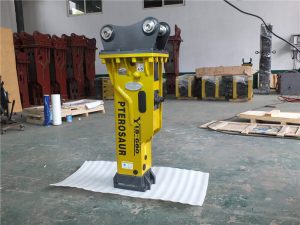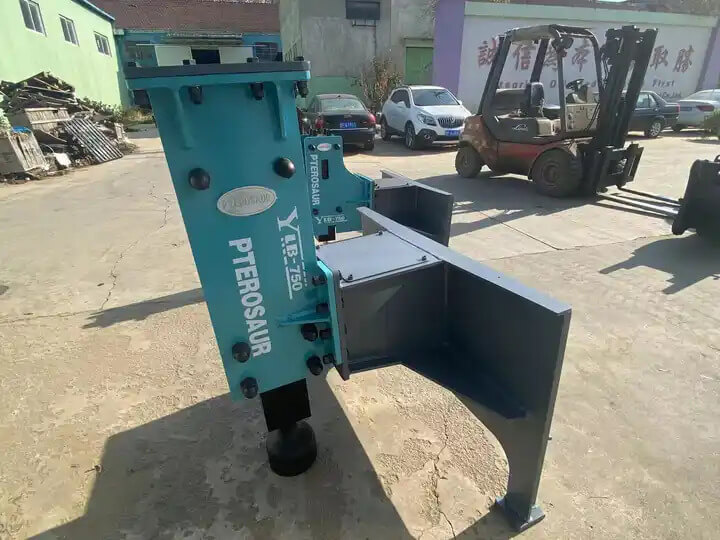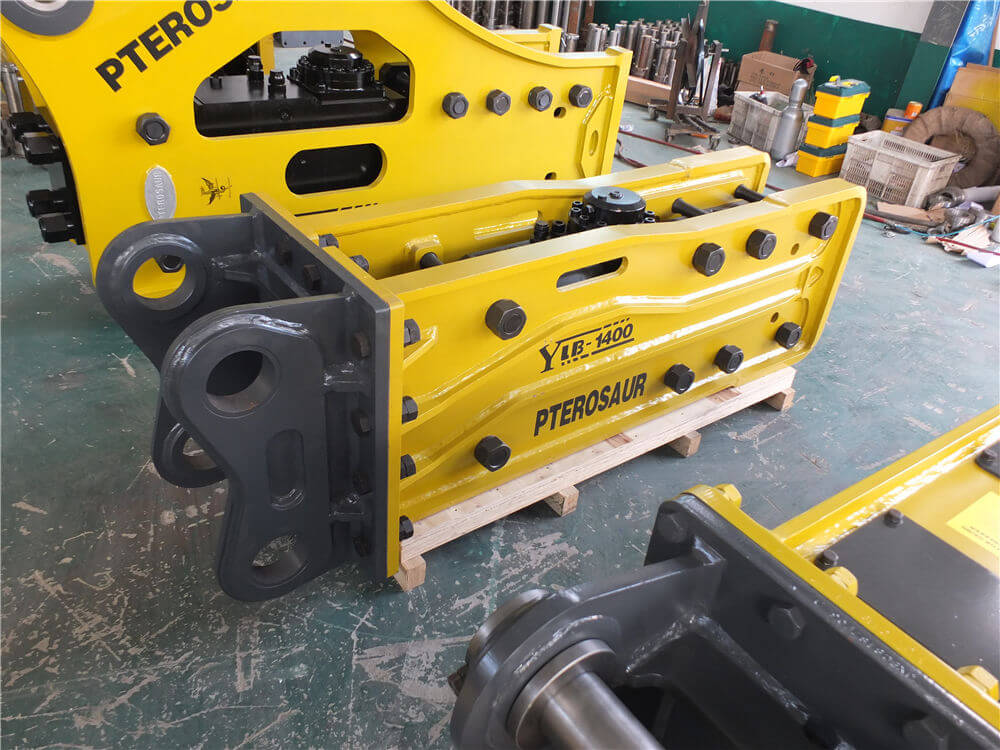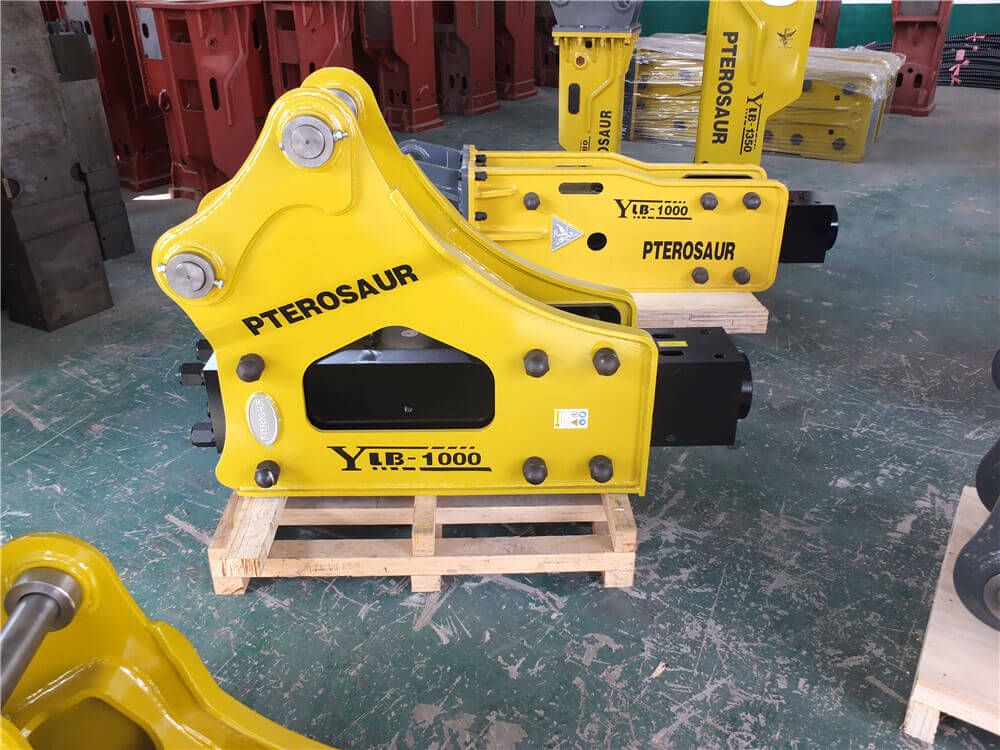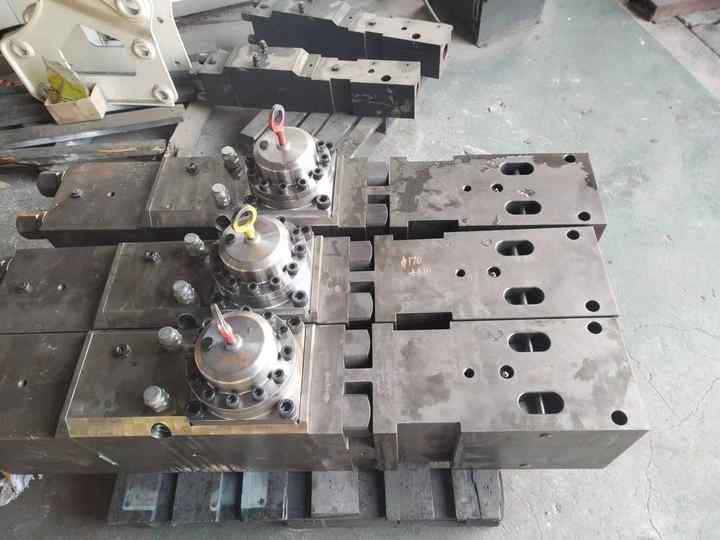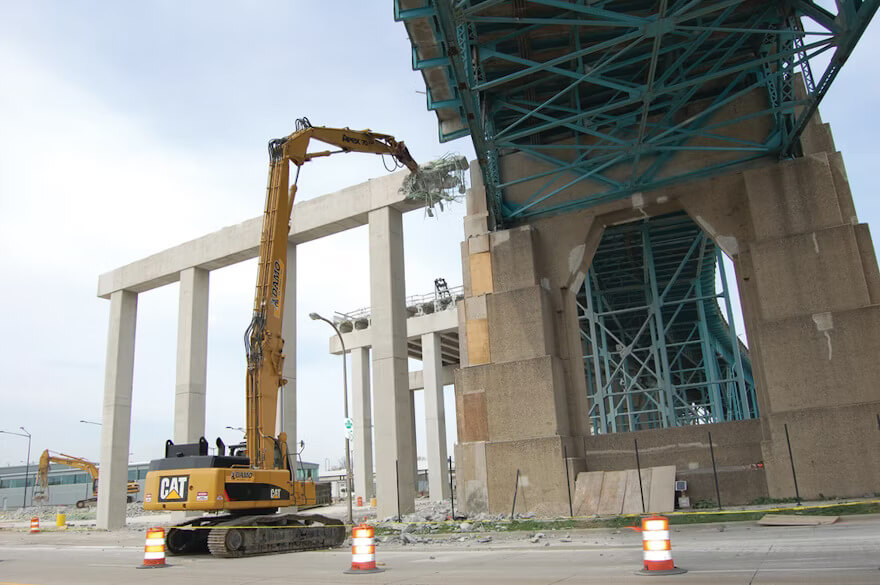The Ultimate Guide to Hydraulic Hammer Attachments for Excavators
Hydraulic hammer attachments have become essential tools in the construction and demolition industries, enabling heavy equipment operators to break through tough materials such as rock, concrete, and frozen ground with ease. In this article, we delve into the various aspects of hydraulic hammer attachments, from their functionality to the benefits of using them in heavy machinery.
What is a Hydraulic Hammer Attachment?
Hydraulic hammers, also known as hydraulic breakers or rock breakers, are specialized attachments designed for heavy equipment like excavators. They utilize the excavator’s hydraulic system to generate impact energy, allowing them to effectively break up hard materials. The mechanism typically consists of a piston and cylinder that work together to deliver powerful strikes, making them the most common type of hammer attachment in use today.
Key Features and Advantages
-
Efficiency: Hydraulic hammers are engineered for maximum efficiency. The hydraulic design ensures that energy is delivered optimally to the hammer, resulting in effective impact on the material being worked on.
-
Durability: High-quality materials are used in the construction of hydraulic hammers to prolong their lifespan and reduce the frequency of maintenance. This durability translates to better performance over time, making them a cost-effective choice for contractors.
-
Versatility: These attachments are adaptable to various carrier weights, allowing them to be used on different types of equipment, including excavators, backhoes, and skid steers. This versatility makes them suitable for a wide range of applications, from demolition to quarrying.
-
Customizability: Many manufacturers offer customizable options for hydraulic hammer attachments, including different sizes, colors, and logos. This allows businesses to tailor the equipment to their specific needs and branding.
Popular Brands and Models
Several manufacturers are known for producing reliable hydraulic hammer attachments. Some of the notable brands include:
- CASE: Known for their robust hydraulic hammer attachments, CASE offers models specifically designed for various carrier weights.
- Epiroc: Featuring a rich history in hydraulic breaker technology, Epiroc’s hydraulic hammers are among the oldest and most trusted in the market.
- Caterpillar: Caterpillar provides a range of hydraulic hammers that cater to different breaking needs across multiple industries.
How to Choose the Right Hydraulic Hammer Attachment
When selecting a hydraulic hammer attachment, consider the following factors:
- Working Weight: Ensure that the hammer is compatible with the weight class of your excavator or other heavy equipment.
- Carrier Compatibility: Check the manufacturer’s recommendations for carrier weight to ensure optimal performance and safety.
- Application Needs: Assess the types of materials you will be working with to choose a model that can handle specific jobs effectively.
Conclusion
Hydraulic hammer attachments represent a significant advancement in the efficiency and effectiveness of heavy machinery used in construction and demolition. Their ability to generate powerful impacts while maintaining durability and versatility makes them indispensable tools on job sites. Whether you are looking to break concrete, rock, or frozen ground, investing in a high-quality hydraulic hammer attachment can enhance productivity and ensure successful project outcomes. With various options available in the market, finding the right hydraulic hammer for your needs has never been easier.

